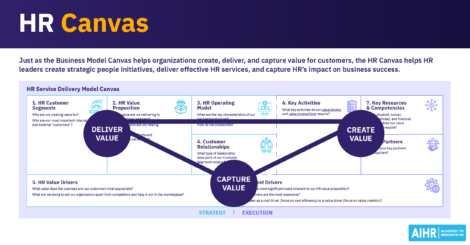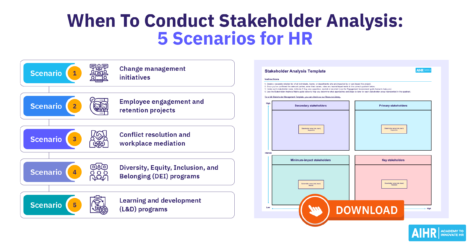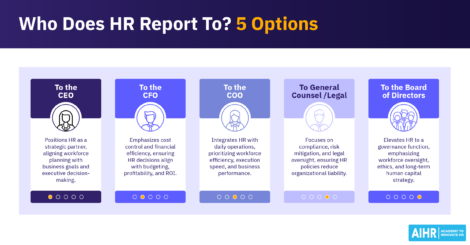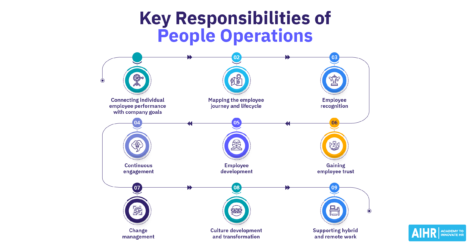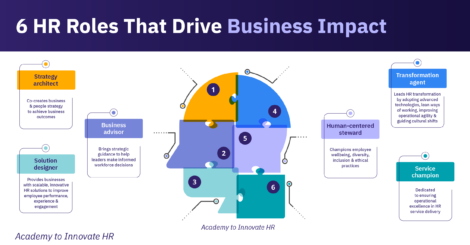HR Scorecard: A Full Guide for HR Leaders
The HR scorecard is like a strategic bingo card—HR, the organization, and employees win when they hit all the key numbers, or KPIs. Each completed square marks progress toward business goals, and success comes from data-driven efforts, not luck, to align HR with strategy.

The HR scorecard, or Human Resources scorecard, is a well-known HR tool. It provides organizations with a holistic view of HR performance and helps them evaluate the effectiveness of the various HR functions as well as their contribution to the overall business goals.
In this article, we explain the HR scorecard, discuss its benefits and common metrics, explain the difference between the HR scorecard and a balanced scorecard, and provide some examples of HR scorecards. Let’s begin!
Contents
What is the HR scorecard?
Benefits of HR scorecard
Implementing the HR scorecard: 5 steps
Metrics to include on the HR scorecard
HR scorecard examples
FAQ
What is the HR scorecard?
The HR scorecard, also known as HR KPI scorecard, is a strategic HR measurement system that helps to measure, manage, and improve the strategic role of the HR department. It is a representation of leading HR indicators and key metrics that assesses the impact of HR activities on organizational performance.
Leading indicators are measurements that predict future business growth. These are called HR deliverables. They are also known as HR metrics and, more specifically, HR KPIs, as they are metrics linked to the business strategy.
Becker, Huselid, and Ulrich first published about the Human Resources scorecard in their 2001 book in an attempt to solve one of the key problems that HR has been facing in the past decades: the perception that HR doesn’t add to the company’s strategy.
HR scorecard vs. balanced scorecard
The terms HR scorecard and balanced scorecard can be confused, as they are sometimes used interchangeably in the field of HR.
The balanced scorecard is a broader framework, first introduced by Kaplan and Norton in the early 1990s and detailed in their 1996 book The Balanced Scorecard. Put simply, it is a strategy performance management tool. It organizes goals into four perspectives: financial, customer, internal processes, and learning and growth. Together, these perspectives provide a comprehensive view of what the organization aims to achieve.
The HR scorecard is based on the balanced scorecard framework but focuses specifically on measuring and improving HR’s contribution to the organization. It evaluates how well HR is achieving its goals, such as improving employee retention, streamlining recruitment processes, or enhancing training effectiveness.
Benefits of HR scorecard
HR scorecard can increase the impact of HR within your organization by focusing on measurable outcomes and actionable insights. Its benefits include:
- Alignment with business goals: By focusing on HR metrics and their impact, the HR scorecard helps illustrate how HR activities contribute to business success at an operational level. It connects day-to-day HR functions, such as recruitment and training, to the organization’s goals, providing measurable insights into areas where HR can improve or add value.
- Data-driven decisions: It provides measurable insights into important areas like recruitment, employee engagement, retention, and productivity, helping HR leaders make informed choices.
- Identifying areas for improvement. The HR KPI scorecard enables organizations and HR to determine where the HR department could perform better, making it easier to create targeted interventions and improvements.
- Improved accountability: Clear metrics hold HR teams accountable for achieving specific outcomes, such as reducing turnover or increasing employee satisfaction.
- Supporting strategic HR planning: The HR scorecard acts as a framework for HR to plan future initiatives, allocate resources effectively, and prioritize efforts that provide the most value.
Something to keep in mind
In a 2019 podcast interview, Dave Ulrich, one of the writers of the original 2001 publication on the HR scorecard, shared a more nuanced opinion about the intention of the HR scorecard.
According to Ulrich, the HR scorecard should not be about HR – but about enabling market opportunities, building competitive advantage, and driving business results. As the author puts it, “The most important thing HR can give an employee is a company that wins in the marketplace.”
Implementing the HR scorecard: 5 steps
There are five steps to develop an HR scorecard:
- Creating an HR strategy map
- Identifying HR deliverables
- Designing HR policies, processes, and practices
- Aligning HR systems
- Creating HR efficiencies,
Let’s go through them one by one while creating an example of an HR scorecard.
1. Creating an HR strategy map
To identify how HR can contribute to this business outcome, HR leaders can create a strategy map. The strategy map helps identify how HR is driving these business outcomes. The question here is: What HR practices drive the company’s strategic goals?
Let’s take a look at an example for the recruitment function.
A large European shipbuilding company wants to become the most innovative organization in its sector. In the external market, low-cost shipbuilding projects are increasingly moving to Asia, while European builders are the go-to for technologically advanced ships, like navy vessels and superyachts. For this reason, a high innovation ranking is tremendously important for the company’s future competitiveness.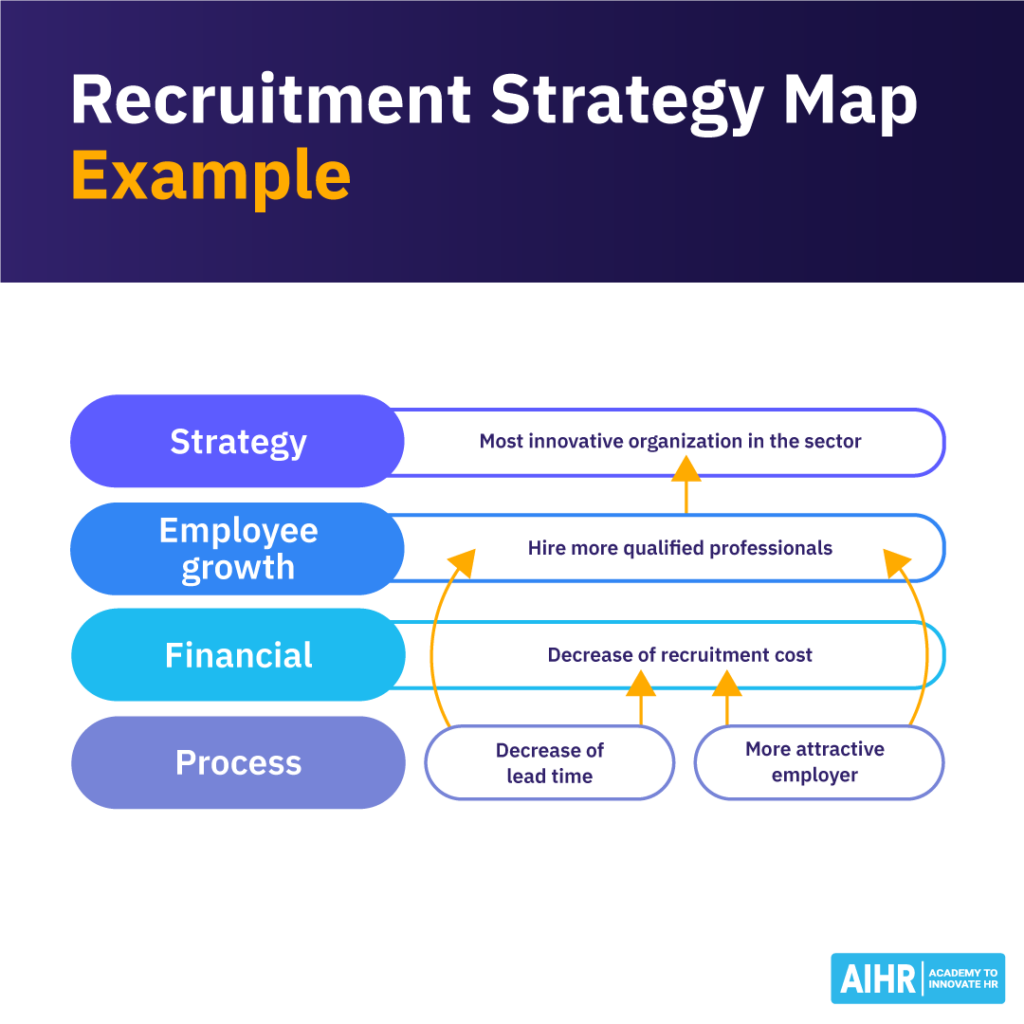
As you can see, the company’s strategic goal is at the top. Next, HR has identified its recruitment contribution to this goal. The contribution is to hire more qualified professionals. The way to do this is to become a more attractive employer in the competitive technical shipbuilding labor market and decrease the time it takes to hire a new employee (lead time). This specific company had a fairly bad lead time and was losing candidates because of it.
2. Identifying HR deliverables
To measure this, you need to create HR deliverables or KPIs. The HR scorecard example below shows how you can measure these strategic goals. For example, the lead time is measured as the ‘time to hire in days.’ This is currently 38 but needs to go down to 25, which is a 34% improvement. 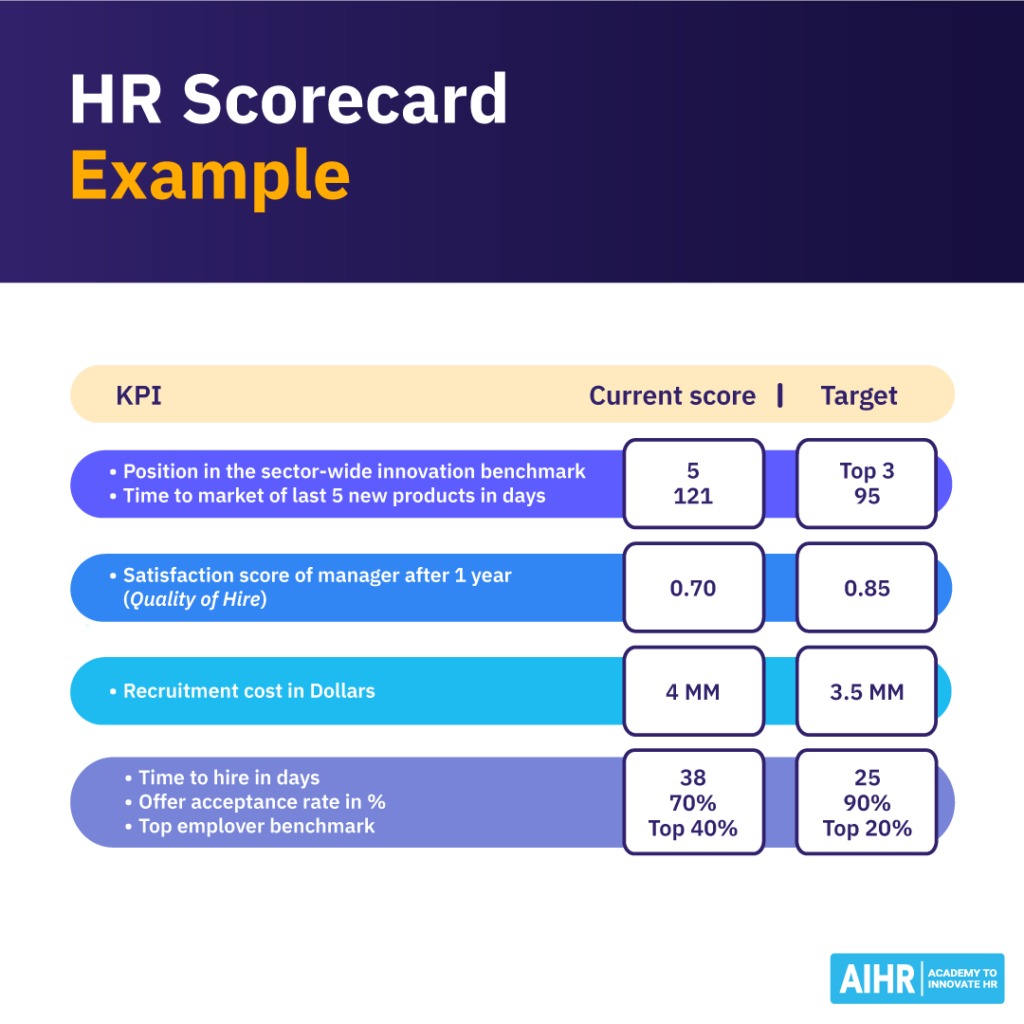
By using this recruitment strategy map and HR scorecard, the company has now identified the leading measurements for business success. In this case, some of the company’s leading indicators of success in achieving the business strategy are 1) becoming a top employer and 2) improving the quality of hire (the satisfaction score of the manager after 1 year in the HR scorecard).
Because of these clearly defined indicators, the HR department knows that increasing those two HR deliverables will contribute to the company’s goal of becoming more innovative, giving HR a more strategic role.
3. Designing HR policies, processes, and practices
Another step in the creation of an effective HR scorecard is related to policies, processes, and practices. Here, we look at what we can do to ensure that HR successfully achieves its key deliverables.
The idea here is that HR creates several High-Performance Work Systems (HPWS). An HPWS is a group of separate but interconnected HR practices designed to enhance effectiveness.
In the previous example, some key deliverables included a decrease in lead time and a high ranking in the top employer benchmarks. These deliverables can be supported through:
- Policies: A strong employer branding policy will help to build a strong reputation and become a top employer.
- Processes: Optimizing communication between recruiters and managers will decrease lead time. Often, managers take a long time to review resumes and plan interviews with candidates. Changing these slow processes into workflows that guarantee next-day action can decrease the time to hire by days, sometimes even weeks. This is one of the many processes that can be implemented to enable better performance on the HR deliverables.
Another example could be the application process for candidates. The candidate experience will be vital to attracting top candidates and ensuring a good rating in the top employer benchmark. - Practices: This looks at the specific practices that help HR achieve the aforementioned deliverables.
Developing policies, processes, and practices that create synergies is referred to as ‘bundles’ of practices. These practices work together to create synergy for the HR deliverables. This is also the core focus of the next step in the scorecard, aligning HR systems.
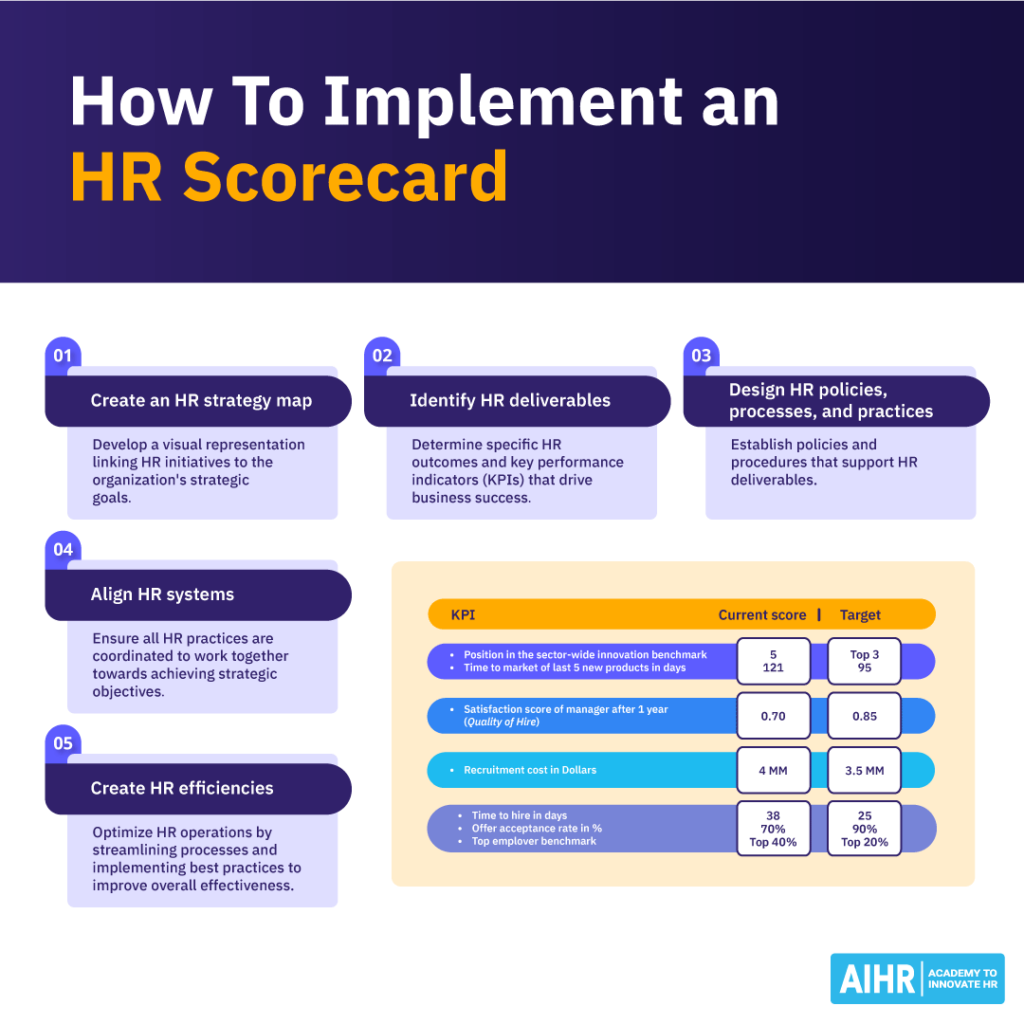
4. Aligning HR systems
Aligning HR systems is about ensuring that all HR practices complement and reinforce each other to achieve the organization’s goals. It’s not about technology or software systems but rather about creating consistency and cohesion across different HR activities.
For example, if your employer’s branding efforts target a specific type of candidate, the recruitment process should be tailored to attract and select those individuals. Similarly, while reducing lead times is important, rushing through the hiring process without maintaining quality can lead to poor hires—undermining the very goals HR is trying to achieve.
Aligning HR systems, such as recruitment, training, and performance management, ensures that all practices work in harmony to meet key deliverables and drive overall HR success.
5. Creating HR efficiencies
This step involves automating and streamlining HR processes, implementing best practices to improve the operational efficiency of the HR department, and leveraging technology. Think, for example, of:
- Optimizing resource allocation
- Automating routine tasks
- Increasing the overall effectiveness of HR initiatives.
There is one side note to make here: Sometimes, when creating an HR scorecard, some efficiencies must be sacrificed.
Let’s look at an example. To get a higher quality of hire, your cost of hiring someone might increase. In our above-mentioned example, the quality of hire is a strategic HR measurement. Investing money to improve the quality of hire is thus worth it. This justifies investments in assessments, employer branding projects, and other HR initiatives that boost the main HR deliverables.
Metrics to include on the HR scorecard
The metrics on the HR scorecard will vary based on your organization’s goals and focus. Here are examples of metrics from different areas of HR that you can include:
Engagement
- eNPS: The employee Net Promoter Score measures the likelihood of employees recommending their employer to others. As such, it is indicative of their engagement.
- Absenteeism rate: The absenteeism rate refers to the number of absent days divided by the number of available workdays in a specific period. It is an essential HR indicator that can, for example, indicate problems with engagement or the organizational culture.
Retention and turnover
- Employee turnover: Employee turnover measures the rate at which employees leave an organization during a specific period, often a year. There are various types of turnover (early, voluntary, functional, dysfunctional, etc.).
- Internal promotion rate: The internal promotion rate measures the frequency at which employees are promoted to fill open roles within a company during a particular period. A high promotion rate can indicate that employees have plenty of opportunities to grow and stay with the company longer. In contrast, a low retention rate may suggest that the wrong people are promoted to the wrong roles.
L&D
- Training ROI: Training return on investment refers to the profitability or efficiency of the money the company puts into training.
A popular way to measure training ROI is: Training ROI = (Return of Benefit – Investment Cost) / Investment Cost x 100 - Training hours per employee: This metric measures the average training hours per employee and indicates people’s commitment to L&D.
Recruitment
- Cost per hire: Cost per hire measures the costs related to hiring new employees, including expenses such as recruitment advertising costs, sourcing, onboarding, etc.
- Time to productivity: Time to productivity measures, as the term suggests, how long it takes for new employees to reach the desired level of performance in their role (this means having the required ability, knowledge, and skills to do essential tasks autonomously).
- Time to fill vacancies: The time to fill metric refers to the number of calendar days it takes to find and hire a new employee. It is often measured in terms of the days between the approval of the job requisition and the candidate accepting the offer.
HR scorecard examples
Once you have a good understanding of the HR scorecard creation process and potential metrics to include, take a look at three basic HR scorecard examples from different areas of HR to bring your own HR scorecard to life:
Recruitment
Develop and implement an excellent recruitment process
- Recruiting cost per employee
- New hire performance during their first 2 years
- Early new hire turnover
Develop strategic competencies
- % of strategic competencies available in the company
- Average time to close strategic competencies gap
Employee engagement
Increase employee satisfaction
- Employee Net Promoter Score (eNPS)
Create a positive work environment
- % of (early) turnover
% of referred candidates
Performance management
Optimize the performance management process
- % of employees hitting (or overperforming) their KPIs
- Number of performance feedback sessions held per year
Develop and implement top talent management practices
- % of managers who have been promoted internally
- Number of qualified employees per strategic position
A final word
The HR scorecard can be an excellent tool for organizations and HR to track and improve HR performance across its various functions. It enables HR to align its goals with those of the company, creates accountability, and improves transparency.
FAQ
The HR scorecard is an excellent tool for getting a clear picture of the HR department’s performance in your organization, the effectiveness of the various HR functions, and their contribution to the company’s business goals.
The KPIs on an HR scorecard will depend on the HR function it covers. Examples include time-to-hire for recruitment efficiency, employee turnover rate for retention, training ROI for learning effectiveness, and employee engagement scores for workplace satisfaction.
An HR dashboard is a visual tool that showcases data and metrics on HR activities, such as employee turnover, absenteeism, or recruitment status, often displayed in charts and graphs. In contrast, an HR scorecard focuses on tracking and aligning key HR metrics with strategic business goals, offering a more structured and strategic overview.
Learn more
Related articles
Are you ready for the future of HR?
Learn modern and relevant HR skills, online







